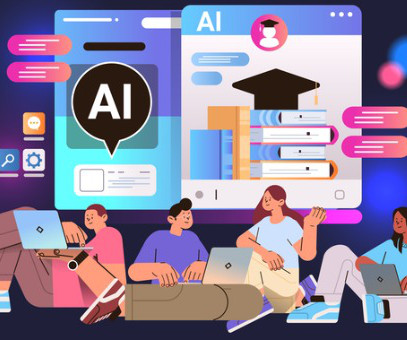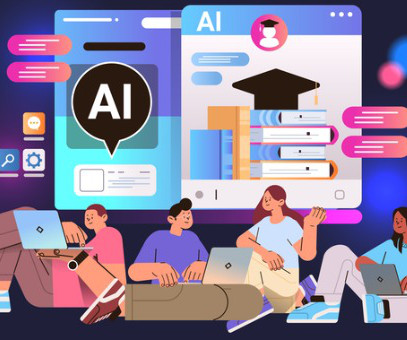How Should We Approach the Ethical Considerations of AI in K-12 Education?
Edsurge
OCTOBER 25, 2021
Tools like Turnitin that check for plagiarism, intelligent tutoring softwares like Khan Academy or iReady that automate or personalize instruction, and chatbots like Alexa that answer student questions are all vulnerable to algorithmic biases in development and inequitable outcomes in implementation.
















Let's personalize your content